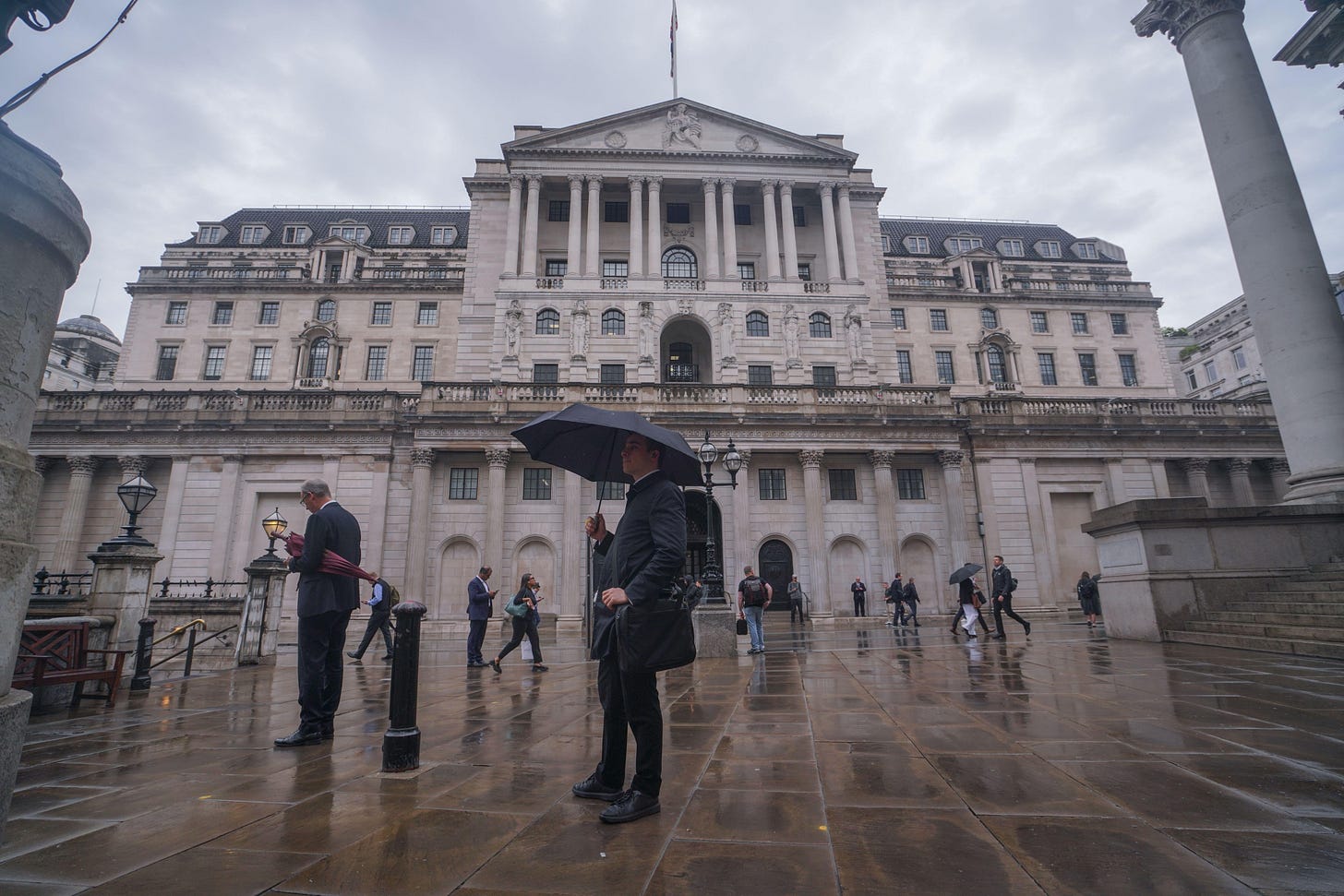QE and how the Bank of England lost £115bn
All of the world’s central banks practised quantitive easing but none of the major ones followed the BoE's reckless policy in buying up its own long-dated bonds.
When there is a national disaster that costs the taxpayer billions, the pressure for an inquiry, however embarrassing it will be to the government, is almost impossible to resist. Without that pressure, the cost is kept hidden until the disaster is ancient history. So the Bank of England must be hoping that the cost of its incompetence managing quantitative easing, and its anti-matter cousin, quantitative tightening, remains hidden at least until all those in charge are safely retired.
QE was invented in the wake of the 2008 banking crisis, when the threat of recession was very real. All the world’s central banks practised it, creating money to buy in their own bonds. But none of the major central banks followed the reckless policy of the Bank of England in buying up its own long-dated bonds. In doing so, it created the conditions for losses measured in tens of billions of pounds, to be borne by the taxpayer.
The then governor of the Bank, Mervyn King, clearly saw the danger of QE, extracting an explicit guarantee from the Treasury to cover any losses. At the time, long-dated bond yields were historically low. The tiny returns look like madness today, as they did then to quite a few of us. No student of British financial history would have expected that buying gilts at those prices would lead to anything but heavy losses.
So it has proved. The Bank is now selling these bonds at fractions of the prices it paid. For example, in May 2020, it bought gilts repayable in 2061 at a price of £101. Under QT, it has been selling them back into the market at prices as low as £28. Of course, the Bank could have chosen to hold the bonds for 36 years, at which time it would get (most of) the money back, but that is little more than extend and pretend. The losses are real, the avoidance illusory.
Christopher Mahon of Columbia Threadneedle Investments has been shouting about this in The FT. The Bank is hoping nobody is listening. By its own calculations, the total losses from QE+QT will add up to a scarcely-believable £115bn. That calculation was done at the end of last year. Given the unexpectedly slow fall in interest rates and rise in bond yields since then, it’s probably higher now.
This is bad enough, but what’s worse is the way the Bank conducted QE. Other central banks were also buying in their bonds, but the potential losses were far smaller because they concentrated on short-dated issues. The Bank concentrated on medium and long-dated gilts. In so doing, it has racked up much bigger long-term costs and distorted its own market to the point of severe damage.
Mr Mahon has co-ordinated the figures for the losses suffered between 2009 and 2024 by the Bank and its fellow central banks. He calculates that the Federal Reserve has lost the equivalent of 1.5 per cent of GDP while the European Central Bank’s number is 3 per cent. By contrast, the Bank has cost us over 5 per cent of Britain’s GDP.
This reflects incompetence on a massive scale. It dwarfs the damage done by Labour’s anti-growth Budget and, for an institution that (still) prides itself on its professionalism, is little short of shameful. To those of us with a long time in finance, the idea that buying a 30-year gilt on a 1 per cent yield was ever going to be anything other than a recipe for losses on an epic scale reflected a combination of stupidity and arrogance. We are all now paying the price, and the Bank would rather we didn’t draw attention to it.



